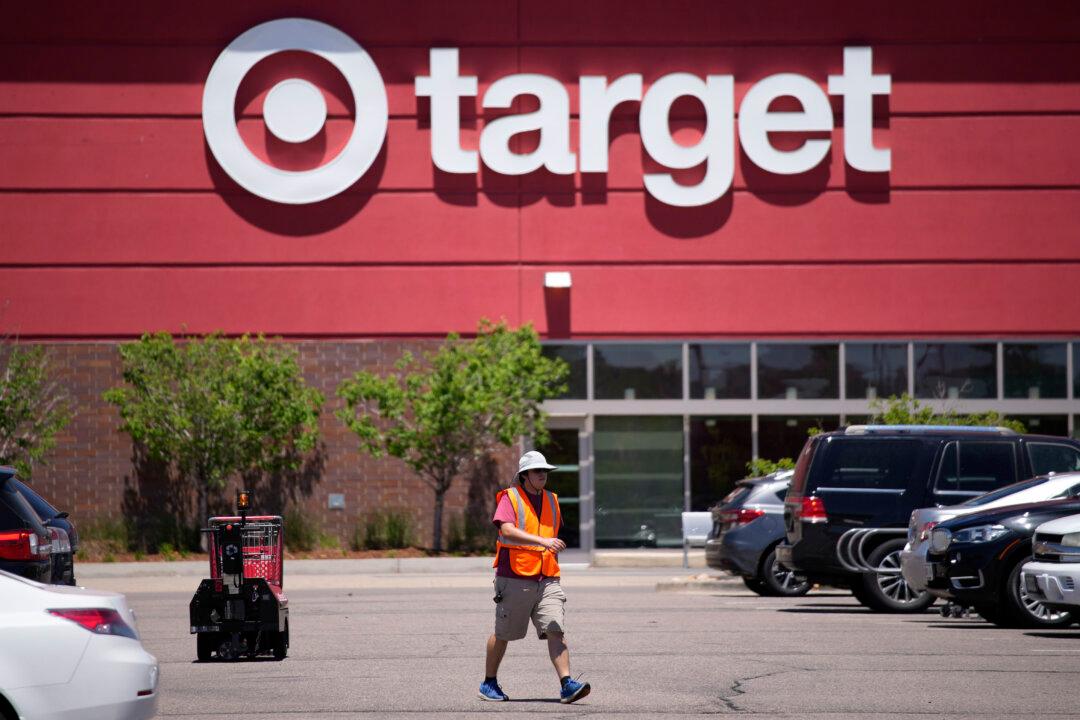Target’s annual revenue declined last year while sales at stores open for at least one year dropped for the first time since 2016.
America’s sixth-largest retailer predicted weak sales again this year, driven in part by higher prices.

Target’s annual revenue declined last year while sales at stores open for at least one year dropped for the first time since 2016.
America’s sixth-largest retailer predicted weak sales again this year, driven in part by higher prices.